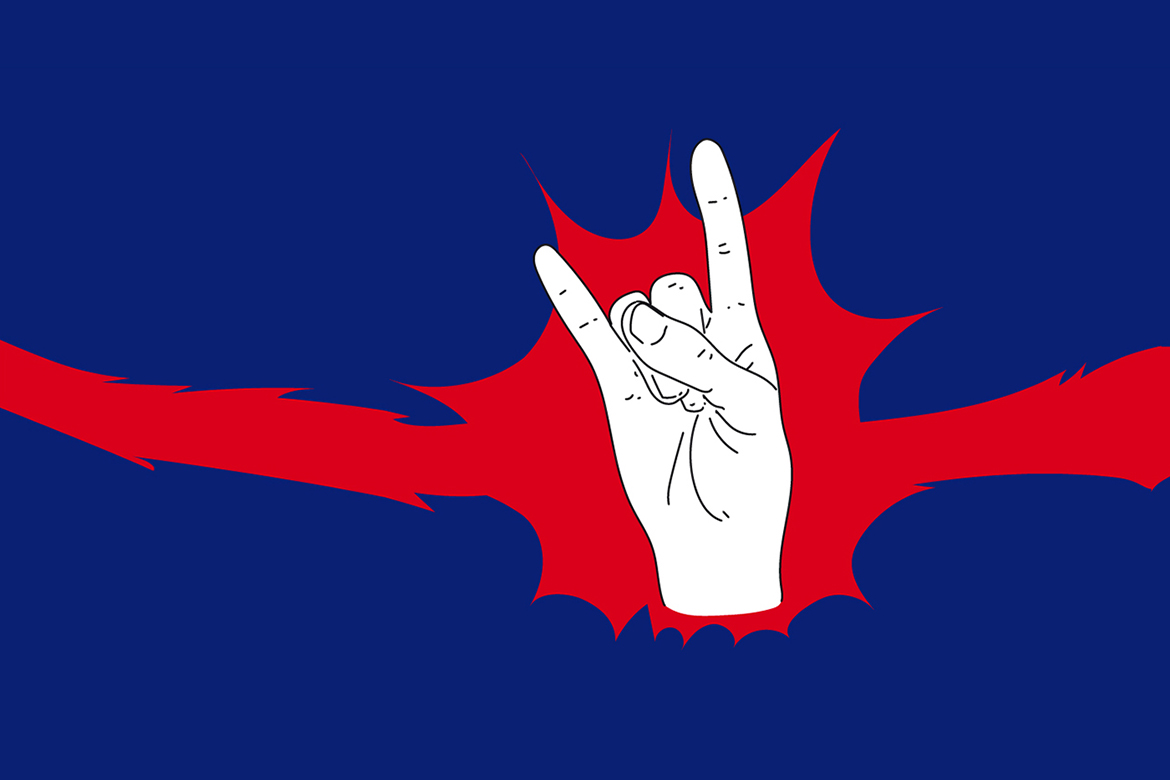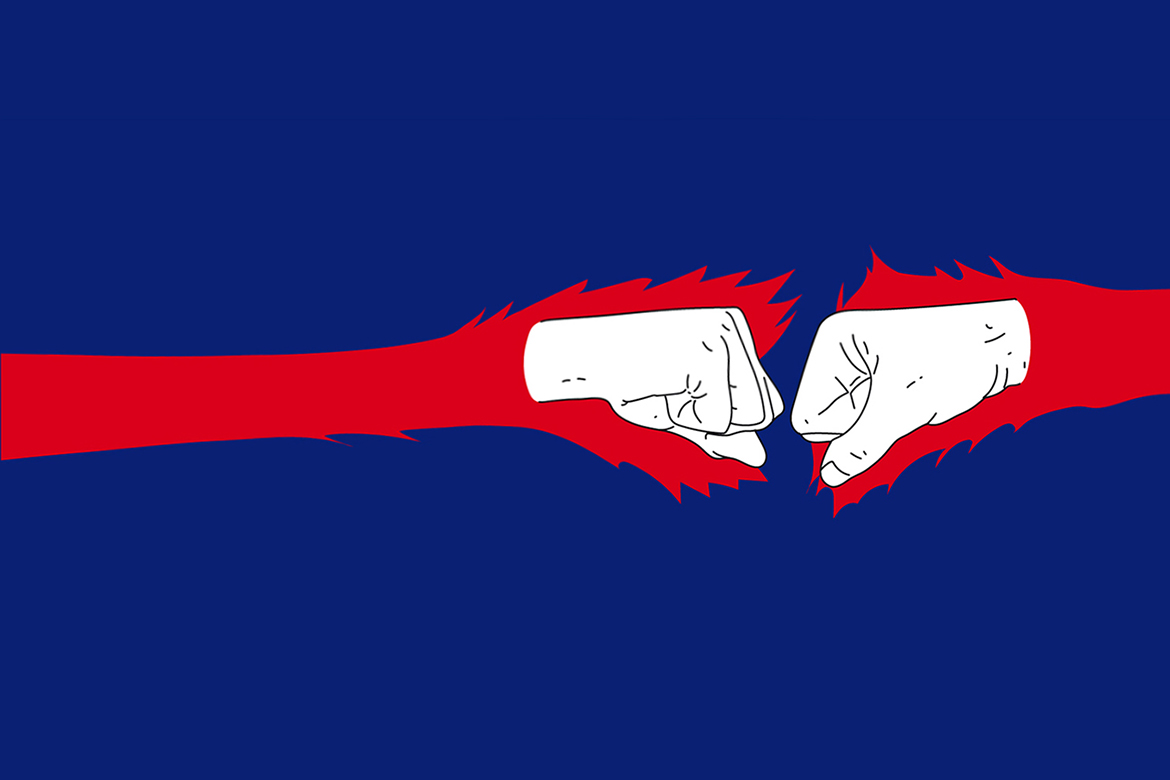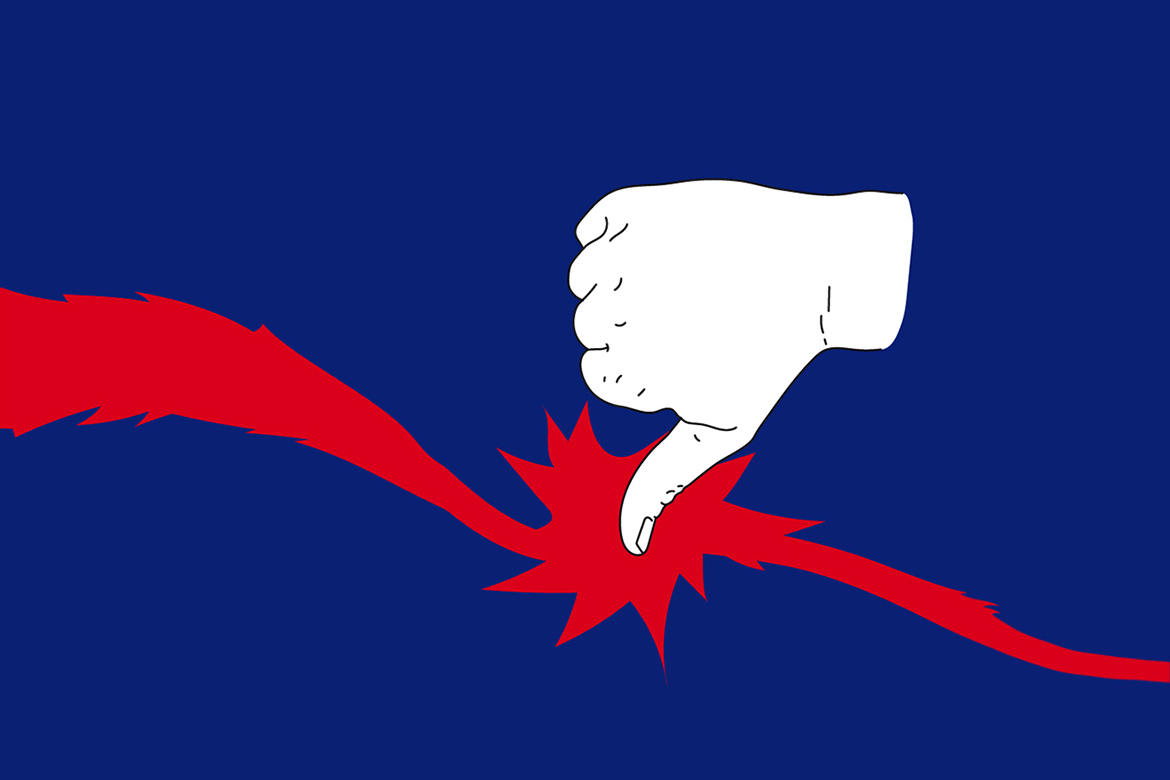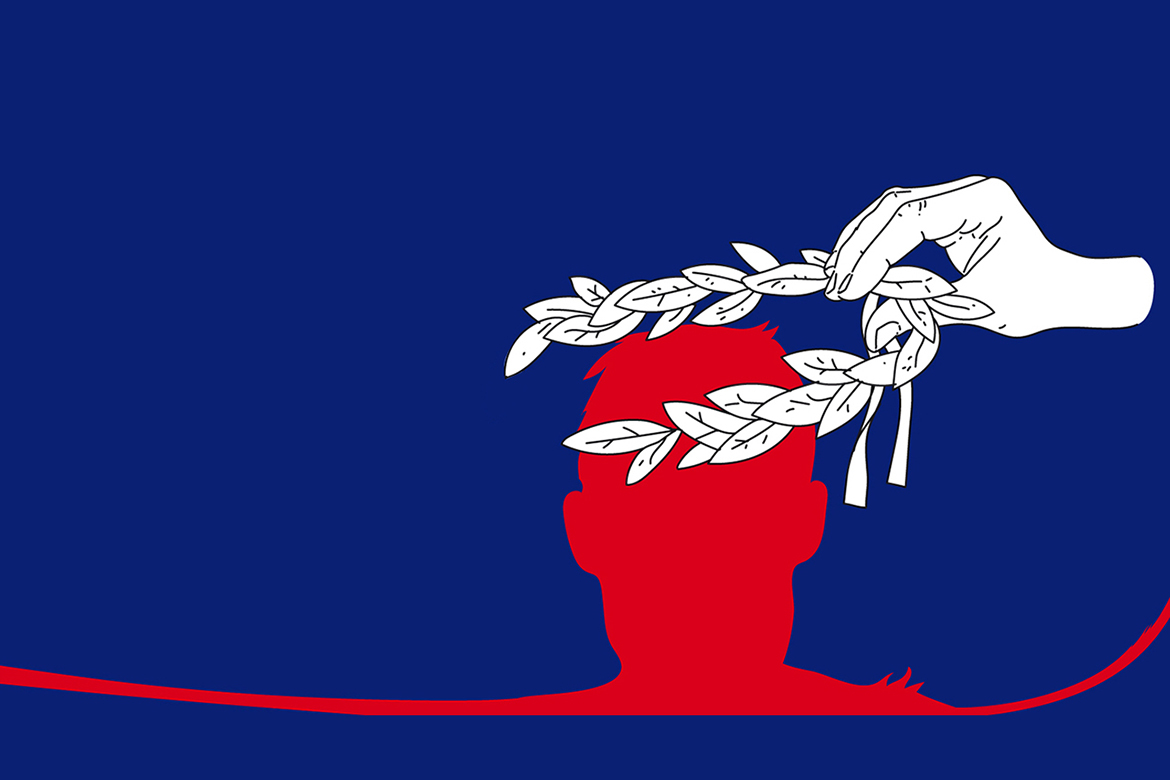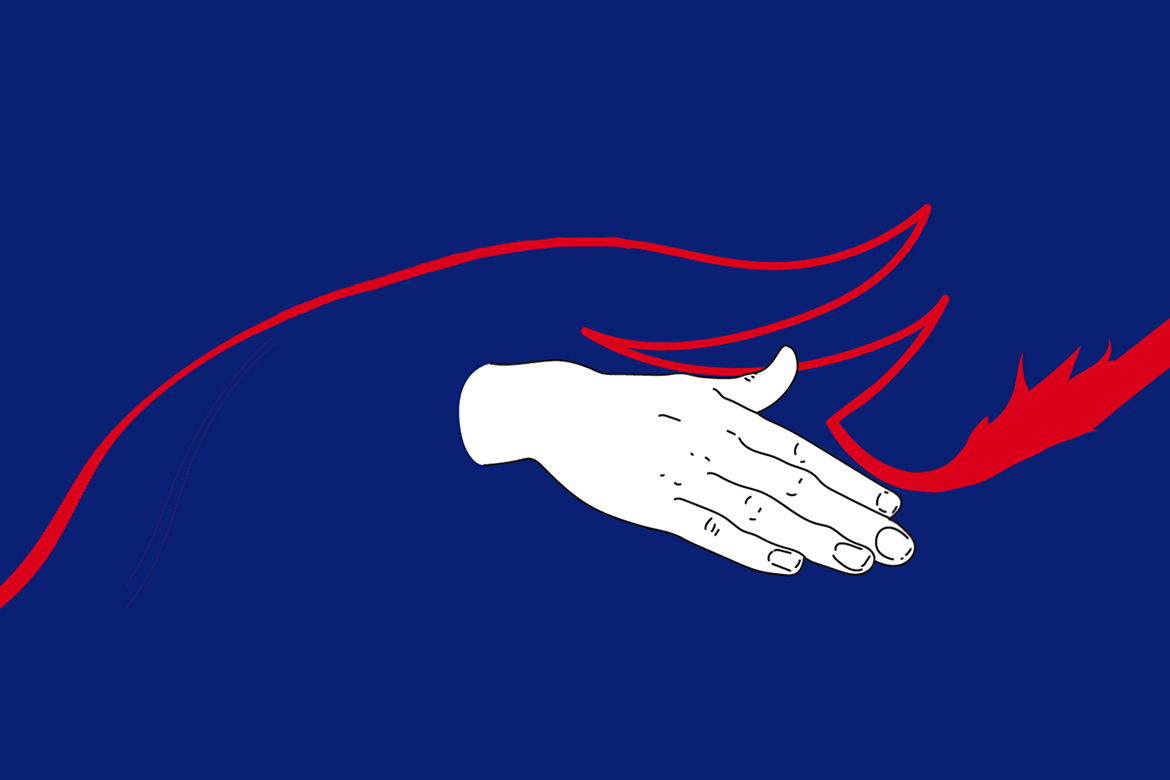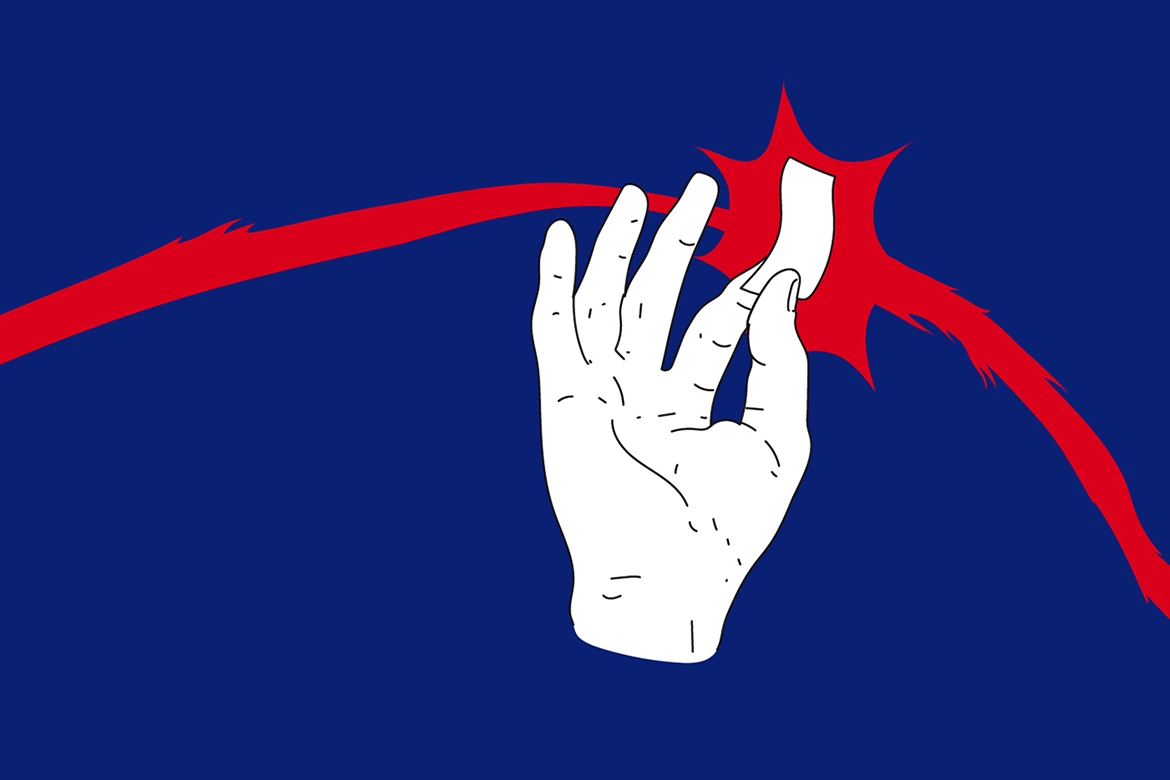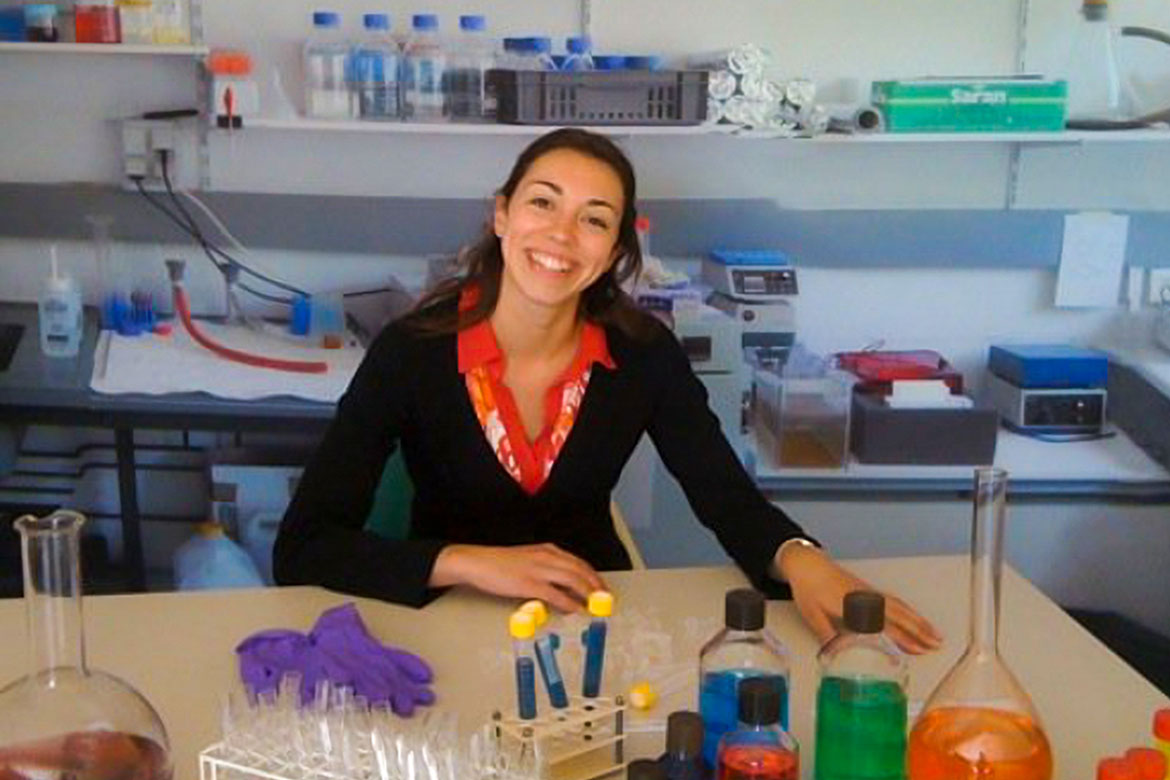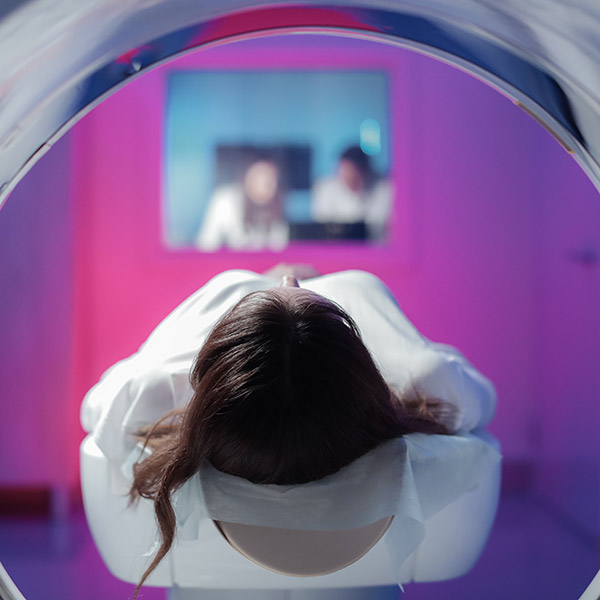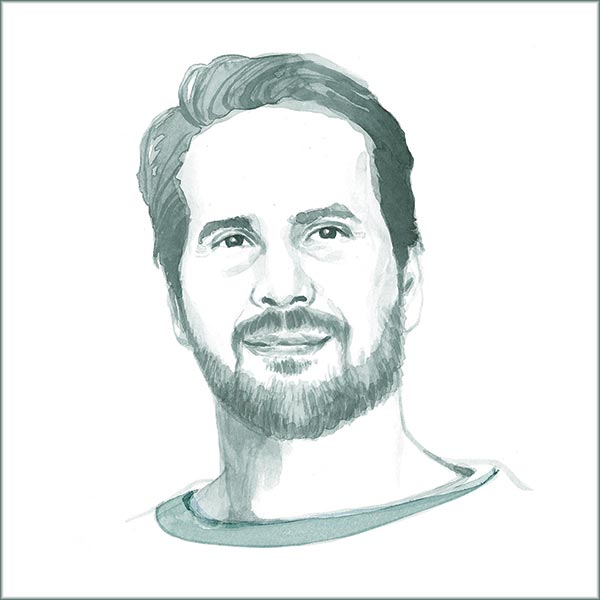Feature: Belief in science
How prions toppled a dogma
Diseases that are triggered by prions have a long incubation period and all result in death. These incorrectly folded proteins lead to brain degeneration in both animals and humans. There are different types of illness involved here, from scrapie in sheep, to BSE (aka ‘mad cow disease’) in cattle and to Creutzfeld-Jakob in people. Whereas it is largely accepted today that these illnesses are caused by prions, a veritable religious war broke out among researchers back in 1982 about whether or not these altered proteins really are the cause of illness.


